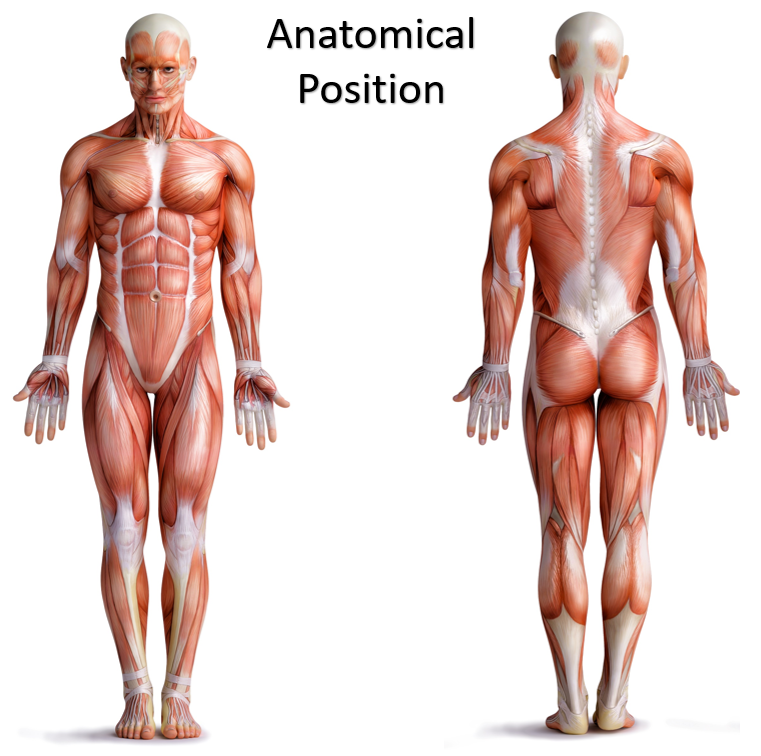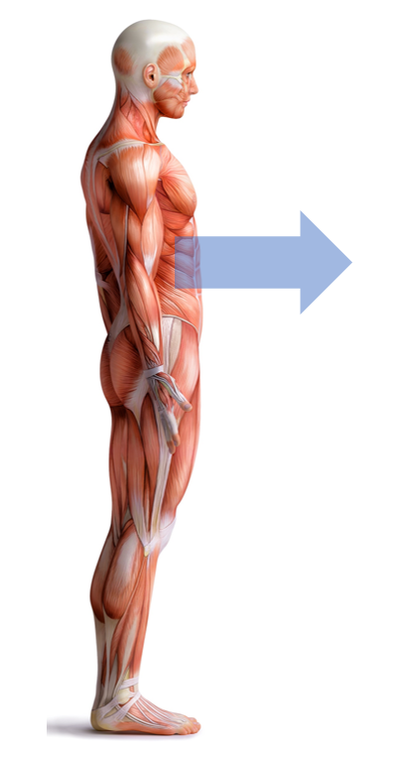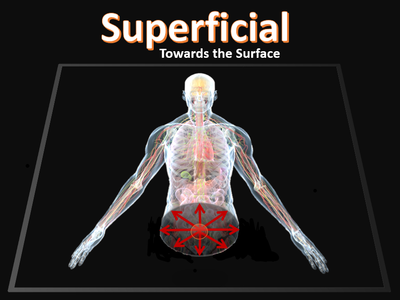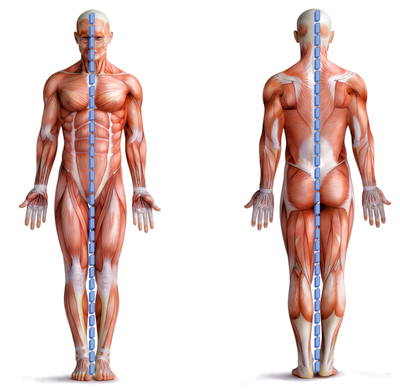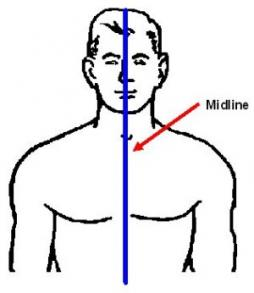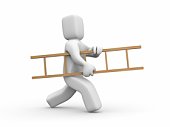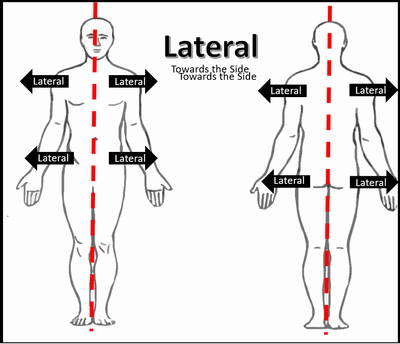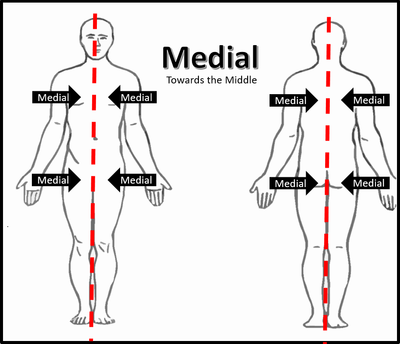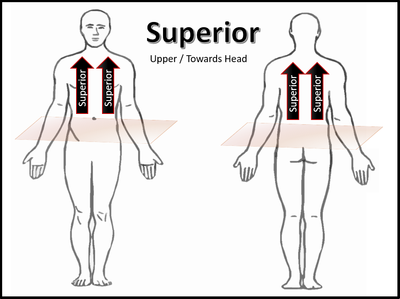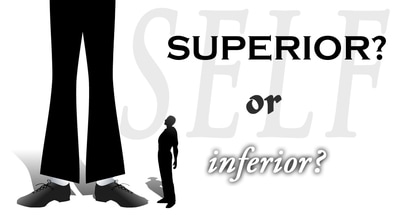ANATOMICAL POSITIONS
|
|
|
|
Foreword
Nowadays, humans can use GPS to get around. The global positioning device (GPS) technology calculates your location and the location of your destination by calculating the time of the signal with the known position of satellites orbiting Earth! However, this was not always the case.
Could you image a time before GPS, or even before maps? Getting around would have been a challenge. A traveler would have to depend on the verbal instructions of others to get from one place to another. Clear instructions would be very important. For example, "Go 3 miles, then turn left at Cherry Avenue, then go 2 miles and turn Left on Montgomery Street." is abundantly more clear than "Go up the hill a ways 'til you get to the old willow tree and go left 'til you pass the old wooden mill, until you get to the Baker's farm."
Could you image a time before GPS, or even before maps? Getting around would have been a challenge. A traveler would have to depend on the verbal instructions of others to get from one place to another. Clear instructions would be very important. For example, "Go 3 miles, then turn left at Cherry Avenue, then go 2 miles and turn Left on Montgomery Street." is abundantly more clear than "Go up the hill a ways 'til you get to the old willow tree and go left 'til you pass the old wooden mill, until you get to the Baker's farm."

In anatomy, it is important to clearly and precisely give the anatomical location of different structures of the body, or the location of foreign objects, tumors, disease or injuries that may find themselves in our bodies.
You may think that this is a "no-brainer" right? NOT SO! There are literally thousand of documented cases of surgeons operating on the WRONG SIDE OF THE BODY, or even the WRONG BODY PART, EACH YEAR!!
An 8-question, anonymous survey sent to more than 2,300 members of the North American Spine Society (NASS) in 2014. Of the 173 members that participated, the May 2014 issue of The Spine Journal reported an astonishing 68% admitted to performing procedures on the wrong side or wrong level of the spine.
https://psnet.ahrq.gov/media/dyk/dyk_jbjs4.jpg
You may think that this is a "no-brainer" right? NOT SO! There are literally thousand of documented cases of surgeons operating on the WRONG SIDE OF THE BODY, or even the WRONG BODY PART, EACH YEAR!!
An 8-question, anonymous survey sent to more than 2,300 members of the North American Spine Society (NASS) in 2014. Of the 173 members that participated, the May 2014 issue of The Spine Journal reported an astonishing 68% admitted to performing procedures on the wrong side or wrong level of the spine.
https://psnet.ahrq.gov/media/dyk/dyk_jbjs4.jpg
Anatomical Positioning
When anatomical positioning is discussed, we must have a standard position (see image) that we refer to as a "frame of reference". In anatomy, whenever we use positional terminology, we ALWAYS refer to the position AS IF the patient was in the "anatomical position" In the anatomical position, the body is upright, directly facing the observer, feet flat and directed forward. The upper limbs are at the body’s sides with the palms facing forward.
Also, the “right side” of the body, refers to the patient’s right side. The “left side” of the body, refers to the patient’s left side.
Also, the “right side” of the body, refers to the patient’s right side. The “left side” of the body, refers to the patient’s left side.
Ipsilateral = same side
Contralateral = opposite side
- Proximal means towards the trunk of the body.
- Distal means away from the trunk.
- Proximal and distal are usually used when describing structures in the extremities.

